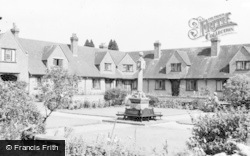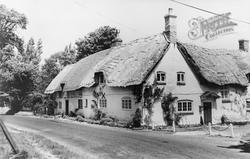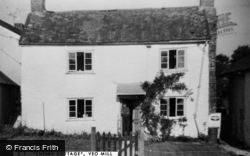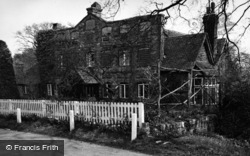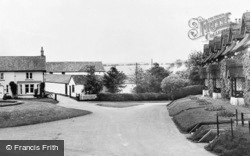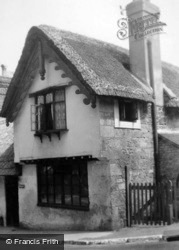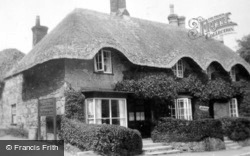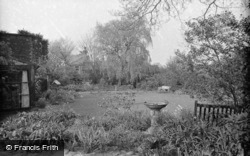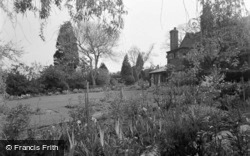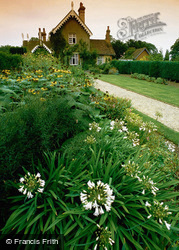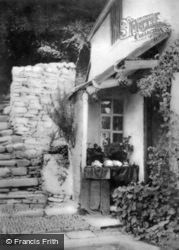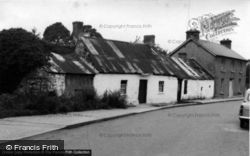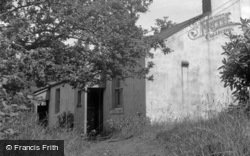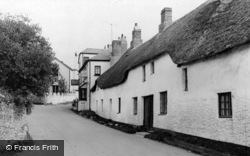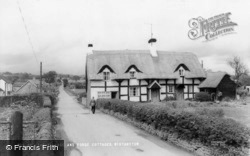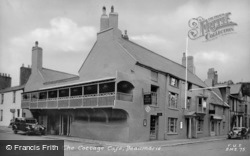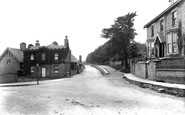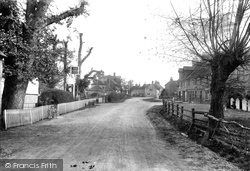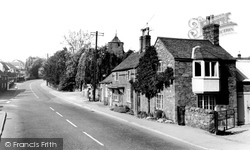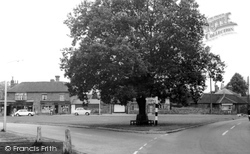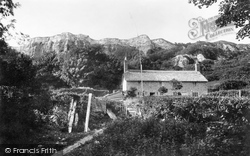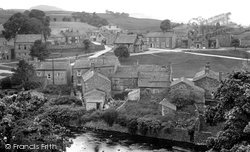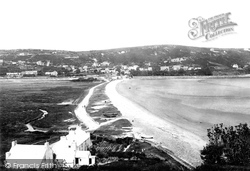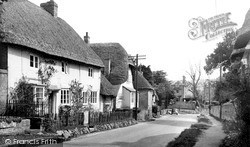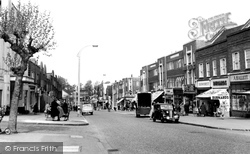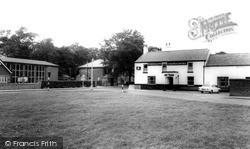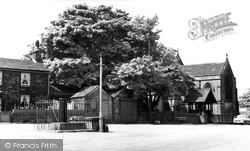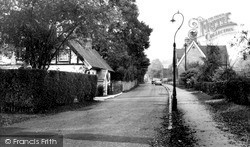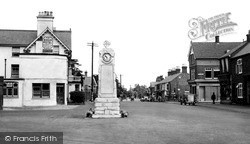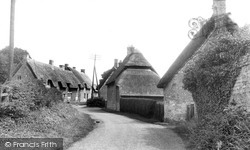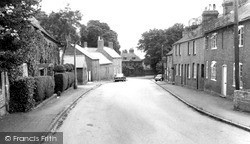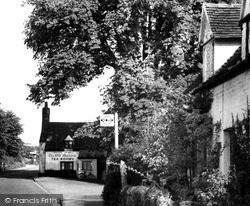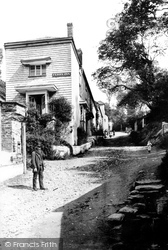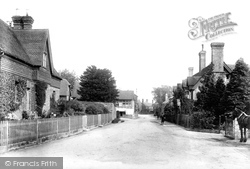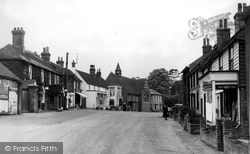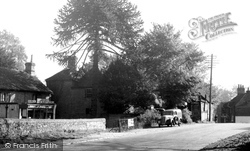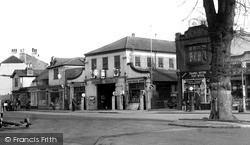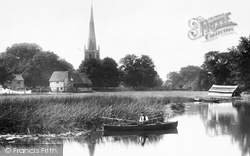Places
6 places found.
Those places high-lighted have photos. All locations may have maps, books and memories.
Photos
2,406 photos found. Showing results 1,501 to 1,520.
Maps
41 maps found.
Books
Sorry, no books were found that related to your search.
Memories
2,827 memories found. Showing results 751 to 760.
Greystone Cottages
My earliest memories are living in no 6 Greystone Cottages. We had no inside loo and had to go to the end of the terrace for the loo. We moved to Hillary Close, Salterbeck for a while to allow modernisation to take ...Read more
A memory of High Harrington in 1953
Memories Of My Gran
I was born in Tean and in about 1957, when I was 8 yrs old, I was allowed to travel to Cheadle alone on the PMT service buses. I was 8yrs old. My gran would meet me at the cinema stop on Butlers Hill. She would ...Read more
A memory of Cheadle in 1957 by
A Grandchild Remembers Chapel Le Dale Church
My grandparents lived at Salt Lake Cottages, Ribblehead and as a youngster I visited them and later had a spell living with them. During this time I went to Chapel le Dale church every Sunday, and ...Read more
A memory of Chapel-le-Dale in 1969 by
Whickham Cottage Hospital
I was about 6 years old when I was a patient in the Cottage Hospital when a bomb was dropped nearby. I can only remember being carried to the safety of the air raid shelter by a nurse and that next morning we found that ...Read more
A memory of Blaydon in 1940 by
War Years Changed Everthing
I was one year old when WW2 began - in 1938. Most of my visual memories stem from that time. I remember, without any facts to support them, the large white house that stood in the grounds of Waitrose Car Park and was in ...Read more
A memory of Barnet in 1949 by
A Childs Memories Of Thaxted
I was only six years old when I was taken to Thaxted by my father, in 1941. We moved from Start Hill near Bishop's Stortford, reasons were the war and the Yanks which we will not enter into. The first thing that struck me ...Read more
A memory of Thaxted in 1941 by
Evacuee From London
I was interested to read the article by Ron Clarke (1950s football team). I lived at 34 Fulbourne Road with Mr and Mrs Clarke in the war. They were looking after their grandson whose father I believe was named Phil and was ...Read more
A memory of Cherry Hinton in 1940 by
The Carlton Grocery Etc Chester Road Little Sutton
My family had 'The Carlton' shop during my childhood and teenage years. My mum and dad (82 and 87) still live in Sutton, and I get back to visit often (I live in Spain). I have many fond ...Read more
A memory of Little Sutton in 1967 by
Roadside Cottage Ainstable
To the lady who lived in the white cottage on the roadside central to the picture of the village of Ainstable: My grandfather lived in that cottage with his grandmother, Ann Dixon, his mother, Mary Dixon and his aunt, ...Read more
A memory of Ainstable in 1890 by
The Cottage Hospital
I had my right knee stitched up here after being kicked by one of my Dad's racehorses in July 1949
A memory of Richmond in 1949 by
Captions
2,020 captions found. Showing results 1,801 to 1,824.
Set in remote and well-wooded rolling countryside west of and utterly remote from Crawley, Rusper has a gently curving main street with many good houses and cottages.
A lovely composition of local stone cottages in the lee of the tree-shrouded parish church.
This view is taken from Milford Road, with Farnham Road at the right curving past the former blacksmith's forge, which is now a cottage, The Old Forge.
The Gapper family cottage on Dowlands Landslip was approached from the coast path, after having been detached from the hamlet above to which it formerly belonged.
Here, next to the Ure, are mill cottages. Around the charming green we can see the old school (centre), later a billiard hall, now restored as a private house.
Note the boats pulled up above the high- water mark, the free-range livestock grazing, and the vegetable plot by the cottage.
This peaceful village to the south of Marlborough is one long street retaining many old cottages.
Until the railway arrived in 1859 the area was predominantly agricultural, with only a few farmhouses and cottages. This is a view of Central Road, originally called Cheam Common Hill.
In the early 20th century there were still many thatched cruck-built cottages, but now this is a village beloved by rich commuters. Its windmill has been restored by Dr J Ward.
Here on the left is Sundial Cottage (1830), once the post office. The village pump has been taken away, but the old smithy (centre), later a hearse house, remains.
Here looking towards the village we see two cottages built in 1787 (left). On the right is the schoolhouse of 1855, later the National School from 1868 to 1877.
The tall chimney above the thatched cottage belonged to Tom Rowe's cheese factory. Run from Preston, it started business in 1930. Part of its sign can be seen just behind the vintage car.
A little further south, the photographer looks past The Old Cottage, on the west or left side of the High Street, towards the rendered and jettied mid 16th-century Tudor House with the carved bargeboards
Woburn Sands, right on the Bedfordshire border and bleeding across it, grew up when the railway arrived in 1846; its delightful station in Tudor cottage style is on the Bedford to Bletchley junction
Further along the street there are 17th-century thatched cottages, but the closest house is Victorian, with a metal balcony over its bay- window shop front.
Although the photograph captures a cosy enclave of stone and thatched cottages, the village has expanded, and now contains a whole range of architectural styles.
This is red brick village Leicestershire at its best: nothing ostentatious in either the well- designed row of cottages (right) terminated by the Three Horseshoes pub, small and welcoming,
The row of four whitewashed cottages in the foreground leads up to the Vicarage Lane turning on the right; the lane crosses the river about 200 yards north of the Overflow, a weir at Waterford Marsh.
The cottages above the Ferry Inn are a joyous sight in summer, their gardens packed tight with bright flowers.
On the left are Victorian cottages of the 1880s in Sussex style with a tile-hung upper floor, now demolished. Francis Frith's Sussex A Century Ago
The second view looks along Waldron Road into the High Street, with the London road turning beyond the houses on the right; the nearest of these, Warnham Cottage, is no longer a shop but a
This view, looking downhill, is now barely recognisable: the cottages by the telegraph pole were cleared for 1960s road widening.
Leonard North's garage has gone, to be replaced by a pair of Surrey vernacular-style cottages. The parade to the left survives.
In its place stands a row of brick terraced cottages. In the distance, the thatched building with the brick chimney forms part of the original village school and the School House.
Places (6)
Photos (2406)
Memories (2827)
Books (0)
Maps (41)




